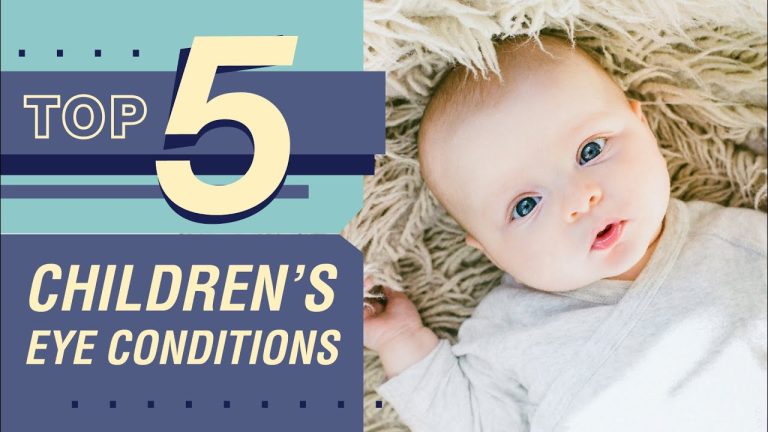How Vision Problems in Children Affect Social Development: Experts Discuss Solutions
Vision problems are not uncommon among children. According to the American Optometric Association, one in four children has an undiagnosed vision problem. These problems can range from mild refractive errors to serious eye conditions that can lead to a permanent vision loss if not treated timely.
Many vision problems in children go unnoticed initially since they can adapt to their vision issues easily. However, if left untreated, these problems can have a significant impact on a child’s social development. Vision problems can affect a child’s ability to learn, interact with peers, and participate in extracurricular activities, leading to a reduction in their self-esteem and self-confidence.
Vision plays an essential role in a child’s social development, including their ability to read facial expressions, make eye contact, and interpret body language. When children struggle with vision problems, they might avoid participating in group activities and isolate themselves from peers, leading to feelings of loneliness and social disconnection.
Difficulty in reading and writing can also impact a child’s academic performance, leading to frustration and a lack of motivation. Vision problems not only affect academic performance but also limit a child’s sports and other physical activities, leading to a lack of physical development alongside social and emotional development.
Early detection is the key to preventing vision problems in children
The American Optometric Association recommends that children have their first eye exam at six months of age, followed by another at age three and again at age five. After that, children should have regular eye exams every year. Early detection and treatment of vision problems can help prevent any long-term impact on children’s social development, ensuring they receive the support they need to participate enthusiastically in all aspects of their lives.
Common vision problems in children
- Myopia: A condition in which nearsightedness occurs, making distant objects appear blurred or unclear.
- Hyperopia: A condition in which farsightedness occurs, making nearby objects blurry.
- Astigmatism: A condition where the cornea is not evenly shaped, causing distorted or blurry vision.
- Amblyopia: Also known as “lazy eye,” this condition occurs when one eye doesn’t develop normal vision during childhood.
- Strabismus: A condition where the eyes are not aligned correctly, causing one to turn and creating problems with depth perception.
Conclusion
Undiagnosed vision problems can have severe implications for children’s social, emotional, and academic development. Parents and caregivers should ensure that children receive regular and comprehensive eye exams to catch vision problems early and provide timely treatment. With early detection, intervention, and adequate corrective measures, children can have a better quality of life and lead fulfilling, healthy lives.
Contents
Most wanted in Hoya Vision:
What are prism eyeglass lenses?
Hoya Lens Engravings
What brand lenses does Costco use?
What does +0.25 mean on an eye test?
Do tinted glasses help with migraines?
Should eyeglasses cover eyebrows?
Hoya Identification Chart
What LED light is best for broken capillaries?
Does hyperopia worsen with age?
What is the difference between Ray Ban RB and Rx?
















